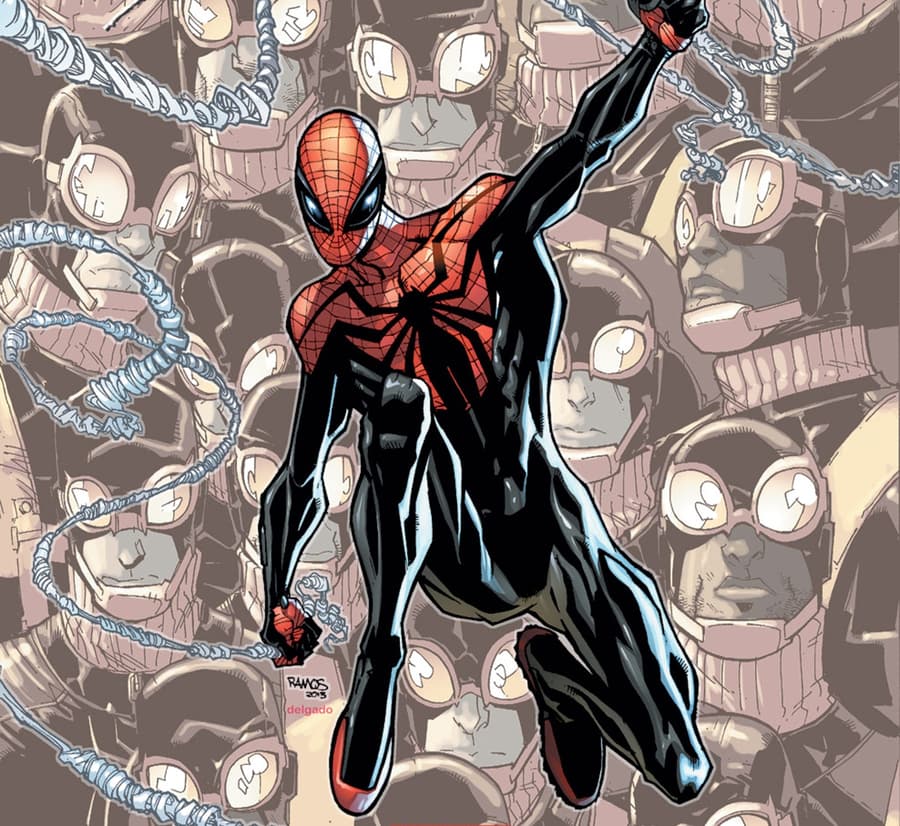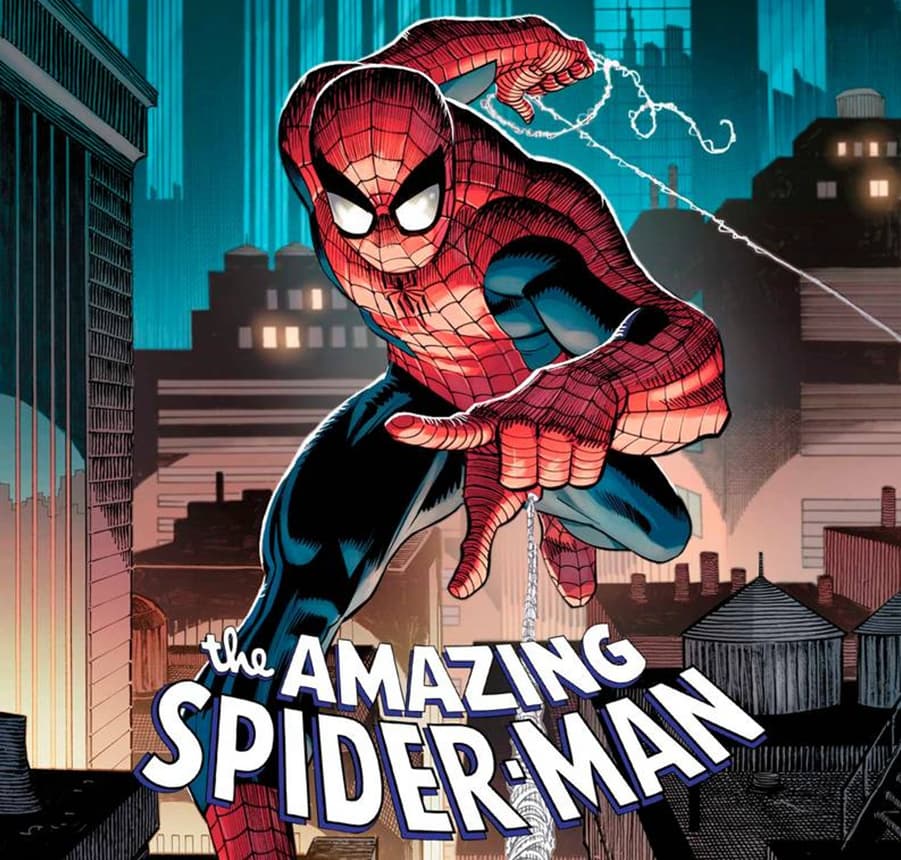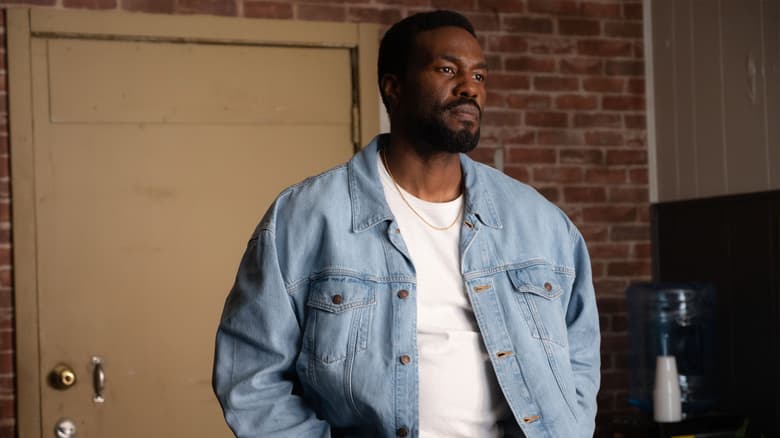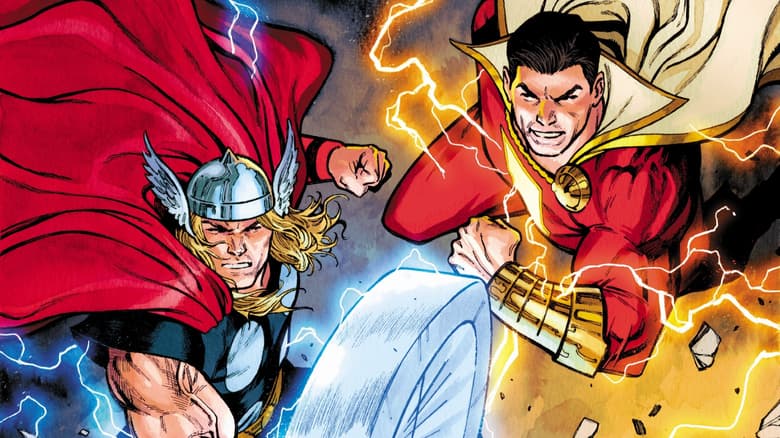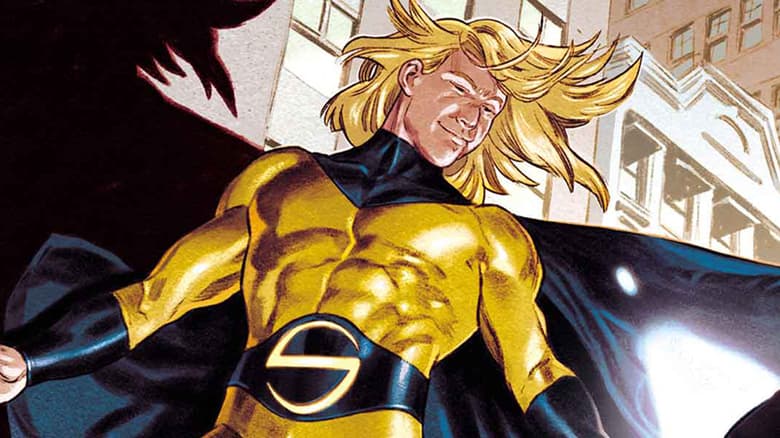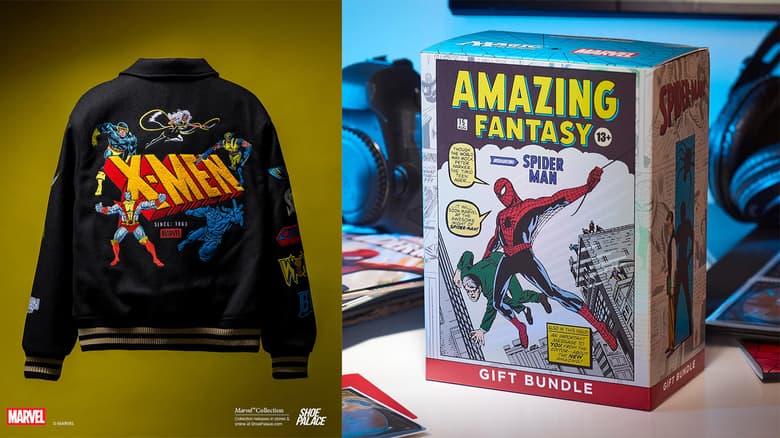Beyond Amazing: Romita, Quesada, & Ramos on What It Takes to Draw Spider-Man
'Amazing Spider-Man' artists John Romita, Jr., Joe Quesada, and Humberto Ramos discuss the evolution of Spider-Man and more.
To celebrate Spider-Man’s 60th anniversary, iconic Spider-Man artists John Romita Jr., Joe Quesada, and Humberto Ramos joined Marvel’s Lorraine Cink to chat about the Web-Slinger, from what it takes to draw him to the evolution of his signature look.
Cink kicked off the live virtual event by asking about the most distinctive features of Spider-Man’s design. Quesada spoke first about Spider-Man’s eyes. “For me, it's always the eyes. It's always Spider-Man's eyes,” he said. “They're so unbelievably expressive. I think, considering if you put Spider-Man in historical context, the characters that were popular at the time, it was an incredibly unique aspect to his costume, to his look, because he was able to emote through the mask. I think that was the most revolutionary thing.”
For Romita, it was not just the costume, but the character’s awkwardness, which was effortlessly captured by both Steve Ditko and John Romita Sr. “It was the awkwardness and the way Steve Ditko and then subsequently John Romita Sr. would draw the character was, according to Stan Lee, this is a different type of a cat. He's not as graceful as other characters. He's awkward. And maybe the conversation about the fact that he was an awkward teenager might have played into it. But the bent legs and the awkwardness compared to a Daredevil, per se.”
Quesada also discussed Ditko’s style of drawing, which has been instrumental since Spider-Man’s initial design, and drew a comparison to Daredevil as well. “Well, I think his style of drawing, there's a creepiness to him that's kind of cool, right?” he pointed out. “There's a…real big distinction between those two characters, even though they both leap across rooftops and do kind of the same thing, with the exception of sticking on walls and webbing.”
“But Daredevil is more of a gymnast,” he continued. “Spider-Man is just this sort of gangly, awkward, bendable kind of figure that is so fun to draw. But both of them take on different aspects, and that's what's fun about the Marvel Universe, right, is the fact that all these characters have very different attributes if you pay attention and do it right, which Johnny did.”
“I will admit that every time I have to draw Spider-Man in the traditional costume, which is also my favorite, I curse Steve Ditko because of that darn webbing,” he added. “That webbing is just—it's so hard to draw, especially around the mask and neck area. You guys know what I'm talking about, right, when the mask has to meet the costume and the back of the mask?”
After commiserating over their shared difficulty in drawing webbing, they discussed whether Spider-Man was hard to draw. Quesada said that Iron Man – or anyone metallic, for that matter – is difficult, while Romita joked that Aunt May was actually a pain in the butt for him personally.
Romita’s career at Marvel, which spans the last 40 years, often returns to Spider-Man – most recently, with AMAZING SPIDER-MAN (2022) #1. Cink asked what kept Romita coming back to this character. After joking about his age, he shared that he started drawing when he was 2-years-old and offered an intimate look at his life and experience with the character, saying that Spider-Man reminded him of family: “From the time my father drove my brother and I past a building and pointed and said, ‘That's where Peter Parker lives.’ We were young enough not to understand, but the fact that Spider-Man lived near us, it felt like a family member.”
“And then my father would discuss stories with us and tell us what Stan was doing this morning at the office to describe the plot because there was no plot. It was a descriptive plot that my father would take notes on,” he explained. “It was so enveloping that there was more to the character than just the physical artwork of the character.”
Cink then reflected on Ramos’ 20 years drawing Spider-Man, and specifically on his time creating Doc Ock’s Superior Spider-Man. When asked what goes into designing a really truly great Spider-Man costume that isn’t the original, he said, “Well, it's hard. When I was asked to redesign Spider-Man costumes, every once in a while, I did the blue Spider-Man ones, and then I did the stealth Spider-Man, the black and green one. But also I have to remember that there is a legacy that I have to respect. I can move forward a little bit or cipher a little bit from the original costume, but…I don't want to move that far away from it.”
Asked about their favorite Spider-Man costumes, Quesada brought up Ditko’s original black and red version, but eventually settled on the iconic red and blue, saying, “The original’s still the best ever.” Romita couldn’t disagree and Ramos concurred that the best was the red and blue costume, noting that he grew up with it. He went on to say, “As a kid, when you grew up reading these books, the thing about this guy, you can't see any of his body under the costume. You can relate to that because it can be you, like they say in the books and in the movies now. It creates a bond, and it's so beautifully designed that, as Joe said, you can try to improve something every once in a while, but still, you go back to the original design because it's so good. It's perfect. It's perfect.”
They then discussed tips for drawing Spider-Man or Spider-Man characters. Ramos’ advice was to have fun and enjoy the ride, while Romita was “to be different and do it differently because that’s the character and to incorporate the familiar into the fantasy.”
Quesada’s tip for those who want to draw Spider-Man? “Don’t use photo reference,” and also that it was important to understand anatomy. “When you look at a Spider-Man drawing in the way that Johnny or Humberto draw Spider-Man, I mean, joints are dislocated, but they still look like they're connected. They still look like they're plausible. You're catching him in motion.” He recalled how he took an animation class in college and that all the great Disney animators had an athletic streak, which helped them “understand the fluidity of motion and how characters moved in space.”
“I realized that that was also true in comic books,” he explained. “I remember reading Johnny's stuff, and I'm like, ‘I bet you this guy played baseball.’ I could tell. I could tell by the way the Spider-Man moved, the way the Daredevil moved. They ran. When they ran across the rooftop, you could feel the athleticism.”
“Then later on, we became friends, and we discussed this, and it turns out to be true,” he continued. “And by that, I mean, you don't have to be a great athlete. It just means that you have to understand physicality. I think when you don't, then Spider-Man comes out stiff, and sometimes he could look dislocated.”
Cink closed with rapid-fire questions about the best Spider-Man supporting character to draw and their most influential Spider-Man artist. Humberto mentioned he had a long list for the latter, but that it was Quesada and Romita for him. Quesada and Romita both agreed that it was Romita Sr. for them. Quesada noted how Romita Sr. took the Web-Slinger and made him a visual icon, saying he was “hands down the greatest Spider-Man artist in the history of Spider-Man.”
Romita said his father influenced his Spider-Man, but also that it was more than just that. Romita’s Daredevil inspired his attachment to comics; he studied his father’s romance comics, which were influenced by Leonard Starr’s artwork, and noted, “But when he did Spider-Man, it sung to me.”
“He’s the GOAT. He’s the GOAT!” Quesada heartily agreed.
Marvel is celebrating Spider-Man's 60th anniversary all month long! Stay tuned for more Spider-fun right here on Marvel.com.
You can grab these comics and more digitally or at your favorite local comic book shop. Be sure to ask your local shop about their current business policies to observe social distancing or other services they may offer, including holding or creating pull lists, curbside pick-ups, special deliveries, and other options to accommodate. Find and support your local comic book shop at ComicShopLocator.com or by visiting Marvel.com/LoveComicShops.
For digital comics, all purchases in the Marvel Comics app can be read on iPhone®, iPad® and select Android™ devices! Our smart-paneling feature provides an intuitive reader experience, ideal for all types of mobile device and tablet users! Download the app on iOS and Android now!
The Daily Bugle
Can’t-miss news and updates from across the Marvel Universe!

